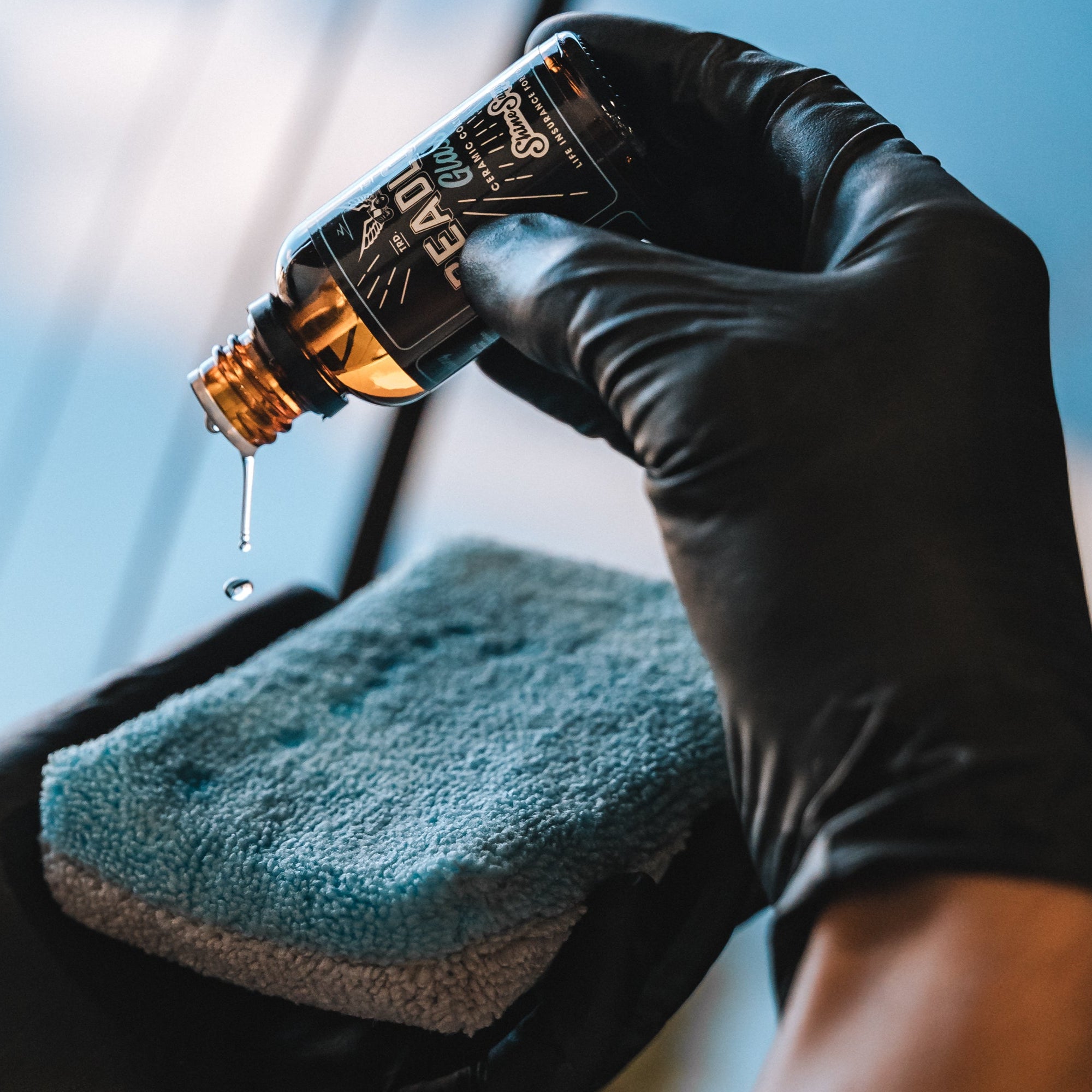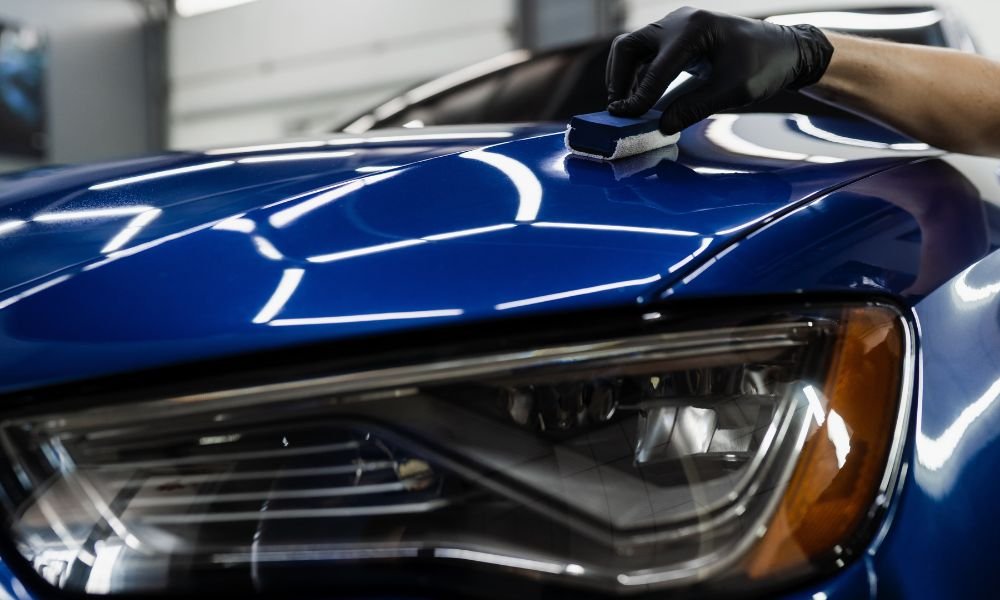Experience expert car detailing to deep clean your vehicle’s interior and exterior.
Experience expert car detailing to deep clean your vehicle’s interior and exterior.
Blog Article
A Comprehensive Overview to the Types of Ceramic Coating on the marketplace
Ceramic finishings have arised as a pivotal solution across numerous markets as a result of their one-of-a-kind properties and applications. From silica-based formulas understood for their toughness to hybrid choices that combine several advantages, the choices offered can be frustrating. Understanding the subtleties of each type, including their specific benefits and suitable usage situations, is essential for making informed decisions. As we explore the distinctive characteristics and applications of these coatings, the implications for efficiency and longevity end up being increasingly apparent, questioning regarding which type might ideal suit your needs.
Comprehending Ceramic Coatings
Ceramic coverings are innovative safety remedies that have gotten appeal in numerous industries, especially in auto and aerospace applications. These finishings contain a liquid polymer that, when cured, forms a resilient, hydrophobic layer on the surface of the substratum. This layer supplies enhanced resistance to environmental impurities, UV radiation, and chemical exposure, consequently extending the life and visual charm of the underlying product.
The essential element of ceramic finishes is silica, which adds to their solidity and longevity. The application procedure commonly entails surface area preparation, application of the finishing, and curing, which can be achieved through warm or UV light. Once treated, ceramic coatings exhibit remarkable bonding homes, enabling them to stick strongly to a selection of surfaces, consisting of metals, plastics, and glass.
In addition to their safety functions, ceramic coatings likewise offer simplicity of maintenance. Their hydrophobic nature minimizes the adherence of dust and crud, making cleansing easier and less frequent. Generally, the adoption of ceramic finishings stands for a substantial development in surface defense innovation, offering both practical and visual advantages across multiple sectors.
Kinds of Ceramic Coatings
Different types of ceramic coatings are readily available, each made to satisfy certain efficiency needs and applications - Car Detailing. One of the most common types consist of:
Silica-based Coatings: These finishings mostly consist of silicon dioxide and are recognized for their longevity and chemical resistance. They are extensively used in automobile and commercial applications.
Titanium Dioxide Coatings: Renowned for their photocatalytic residential properties, titanium dioxide finishes are frequently used in environments where self-cleaning and antifungal residential properties are desirable, such as in structure products and auto coatings.
Zirconia Coatings: Identified by their high-temperature security and thermal resistance, zirconia layers are utilized in applications such as turbine engines and high-performance auto components.
Alumina Coatings: Showing superb hardness and thermal security, alumina coatings are regularly made use of in wear-resistant applications, consisting of cutting tools and industrial equipment. - Paint Protection Film
Hybrid Coatings: Incorporating the homes of different materials, crossbreed layers use improved efficiency attributes, making them appropriate for unique and requiring applications.
Each sort of ceramic covering offers distinct objectives, enabling users to select one of the most ideal remedy based on certain ecological problems and performance requirements.
Advantages of Ceramic Coatings
Ceramic coverings, in certain, deal many advantages that make them increasingly prominent among suppliers and consumers alike. These coatings are resistant to scratches, chemicals, and UV rays, making certain that the underlying surface area remains protected over time.
In enhancement to resilience, ceramic finishings provide excellent hydrophobic residential or commercial properties, enabling very easy cleansing and upkeep. This water-repellent nature lessens the adherence of dust, crud, and various other impurities, which can lengthen the aesthetic appeal and performance of the surface. Ceramic coatings can considerably enhance thermal resistance, making them perfect for applications that withstand high temperatures.

Application Process
When using ceramic finishes, a meticulous technique is necessary to accomplish optimal outcomes. The application process commonly begins with detailed surface area preparation. This involves cleaning, decontaminating, and brightening the surface area to eliminate all impurities, including dust, grease, and prior waxes or sealers. A tidy surface area guarantees correct adhesion of the layer.
As soon as the surface area is prepped, the following step is to use the ceramic coating. The finishing needs to be applied in slim layers, as thicker applications can lead to uneven finishes.
After application, the coating calls for a specific treating time, usually varying from a few hours to a full day, depending on the product. Complying with these steps faithfully will make the most of the effectiveness and long life read more of the ceramic covering, giving a long lasting protective layer for the surface great site area.
Upkeep and Long Life
To make certain the longevity and effectiveness of a ceramic covering, normal upkeep is essential. Ceramic finishes, recognized for their sturdiness and protective qualities, need certain care routines to optimize their lifespan and performance. The primary step in maintenance involves regular washing with pH-neutral soap, staying clear of rough chemicals that can break down the covering. It is recommended to wash the lorry regularly, preferably every 2 weeks, to avoid the accumulation of pollutants that could compromise the coating's stability.
Along with normal cleaning, periodic examinations are critical. Search for indications of wear or damages, such as hydrophobic residential properties lessening or surface area imperfections. If essential, a light polish might be applied to revitalize the covering without removing it away.
Moreover, the application of a booster spray can enhance the finishing's hydrophobic impacts and restore its gloss. This is specifically helpful for layers that have actually been in usage for an extensive duration. Inevitably, by adhering to these maintenance practices, one can dramatically expand the life of a ceramic covering, making certain that it proceeds to provide ideal defense versus environmental variables and maintain the aesthetic allure of the car.
Final thought

Report this page